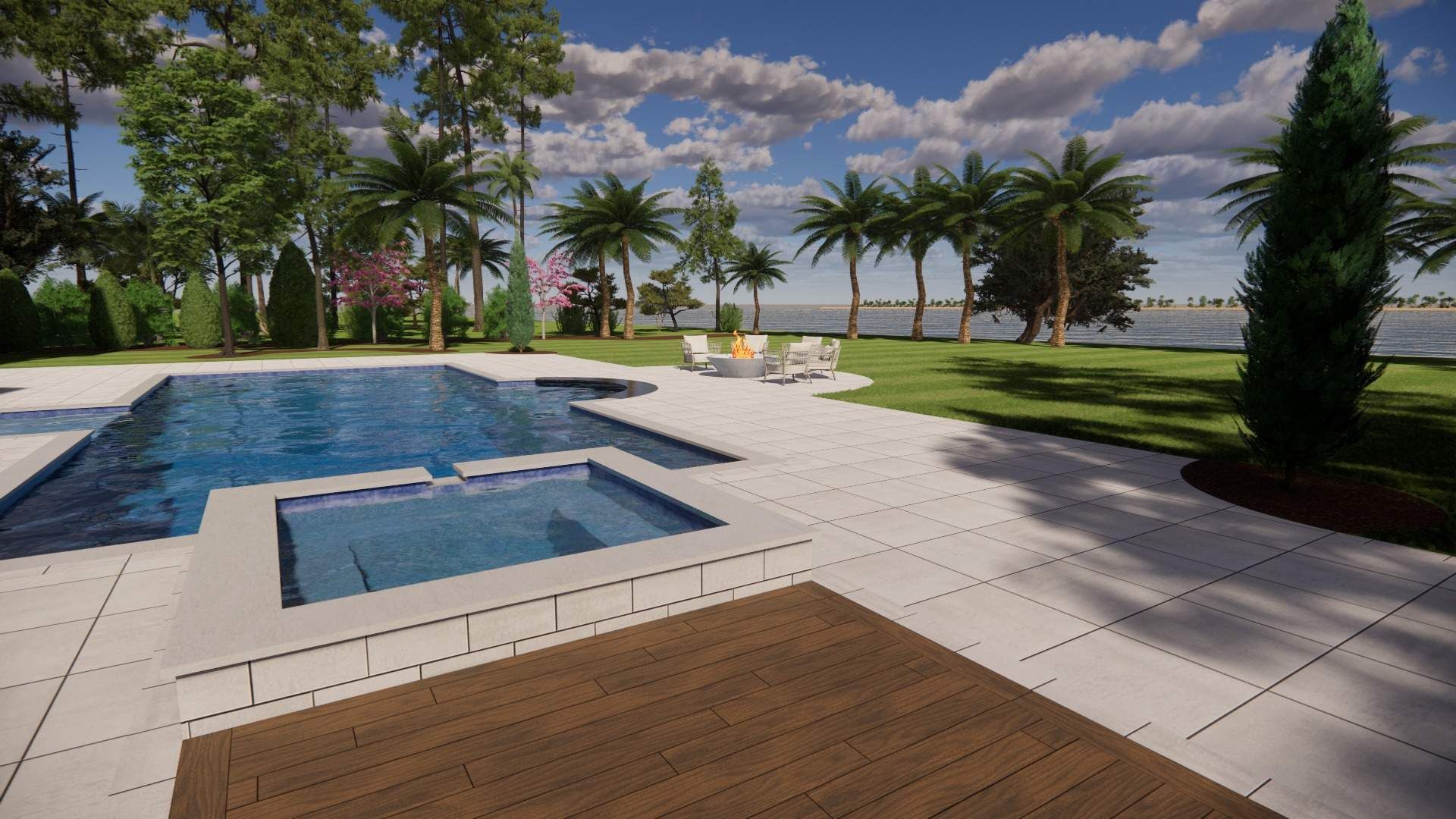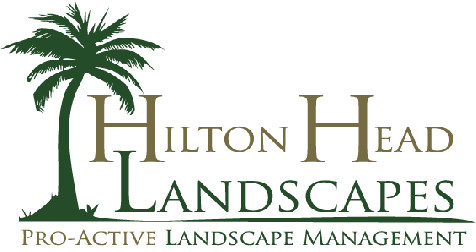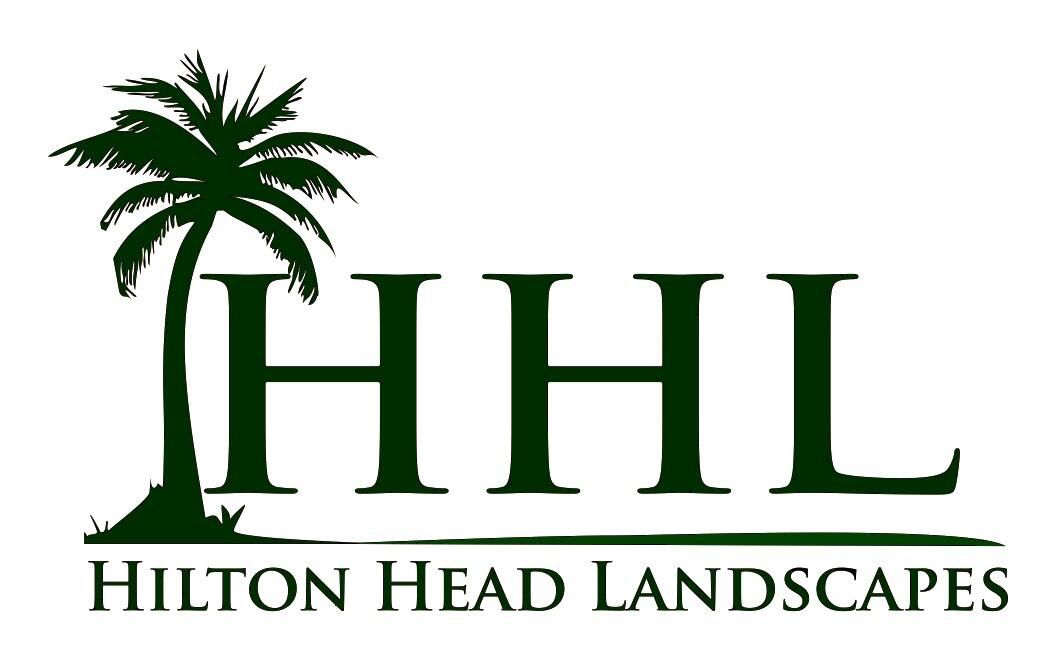Landscape Maintenance: Essential Care for Your Hilton Head Island Property

Key Takeaways:
- Regular landscape maintenance is crucial for preserving the beauty and health of Hilton Head Island properties.
- Professional services offer expertise in local plant care, pest control, and soil management.
- Seasonal adjustments are necessary to address the unique climate challenges of the Lowcountry.
- Water conservation techniques are important for sustainable landscape maintenance in Hilton Head.
- Native plant selection can reduce maintenance needs and support local ecosystems.
Landscape maintenance is the ongoing care and upkeep of outdoor spaces, including lawns, gardens, trees, and hardscaping elements. For Hilton Head Island property owners, proper landscape maintenance is essential to preserve the natural beauty of the Lowcountry while ensuring their outdoor areas remain healthy, functional, and appealing year-round.
Understanding Hilton Head Island's Unique Landscape Challenges
Hilton Head Island's subtropical climate and coastal environment present unique challenges for landscape maintenance. The area's hot, humid summers and mild winters create ideal conditions for rapid plant growth but also for pests and diseases. Salt spray from the ocean can affect plant health, while sandy soils may require special attention to retain nutrients and moisture.
Adapting to Seasonal Changes
Landscape maintenance needs to change with the seasons on Hilton Head Island. Spring brings lush growth and blooming plants, requiring increased mowing and pruning. Summer heat demands careful watering and pest management. Fall is ideal for planting and preparing for cooler months, while winter, though mild, still requires some maintenance to keep landscapes tidy.
Dealing with Local Pests and Diseases
Hilton Head's warm climate supports a variety of pests that can damage landscapes. Common issues include chinch bugs in St. Augustine grass, scale insects on ornamental plants, and fungal diseases encouraged by high humidity. Regular inspections and targeted treatments are necessary to keep these problems in check.
Essential Landscape Maintenance Tasks
Lawn Care Basics
Proper lawn care is the foundation of landscape maintenance on Hilton Head Island. This includes regular mowing, edging, and fertilization. The frequency of mowing may need to be increased during peak growing seasons to maintain a neat appearance and healthy grass.
Pruning and Trimming
Pruning trees and shrubs is crucial for maintaining shape, promoting healthy growth, and removing dead or diseased branches. On Hilton Head, many native plants like wax myrtles and live oaks benefit from regular pruning to maintain their natural forms and prevent overgrowth.
Mulching and Soil Care
Mulching is particularly important in Hilton Head's sandy soils. It helps retain moisture, suppress weeds, and regulate soil temperature. Organic mulches also break down over time, improving soil structure and fertility.
Irrigation Management
Efficient irrigation is key to maintaining healthy landscapes while conserving water. Many Hilton Head properties benefit from automated irrigation systems, which should be regularly checked and adjusted to ensure proper coverage and prevent overwatering.
Sustainable Landscape Maintenance Practices
Water Conservation Techniques
Given Hilton Head's focus on environmental preservation, water conservation is a critical aspect of landscape maintenance. Techniques such as rainwater harvesting, using drought-tolerant plants, and implementing smart irrigation controllers can significantly reduce water usage.
Native Plant Selection
Incorporating native plants into Hilton Head landscapes can reduce maintenance needs while supporting local ecosystems. Species like sweetgrass, yaupon holly, and sea oats are well-adapted to local conditions and require less care once established.
Organic Pest Control Methods
Many Hilton Head residents prefer organic approaches to pest control. This can include using beneficial insects, applying neem oil or other natural repellents, and maintaining healthy soil to promote plant resistance to pests and diseases.
Professional vs. DIY Landscape Maintenance
Benefits of Professional Services
Professional landscape maintenance services offer expertise in local plant care, access to specialized equipment, and the ability to address complex issues. For many Hilton Head property owners, hiring professionals ensures consistent, high-quality care for their landscapes.
Tips for DIY Maintenance
For those who prefer to handle their landscape maintenance, it's important to understand local plant needs, invest in quality tools, and develop a consistent maintenance schedule. Learning about Hilton Head's specific climate and soil conditions is crucial for successful DIY landscape care.

Factors Affecting Maintenance Costs
Several factors influence the cost of landscape maintenance on Hilton Head Island:
- Property size and complexity
- Types of plants and features present
- Frequency of service needed
- Level of expertise required
Budgeting for Long-term Landscape Health
While regular maintenance involves ongoing costs, it's an investment in the long-term health and value of your property. Proper care can prevent costly issues like plant replacement or pest infestations down the line.
The Role of Technology in Modern Landscape Maintenance
Smart Irrigation Systems
Smart irrigation controllers use weather data and soil moisture sensors to optimize watering schedules. These systems are particularly useful in Hilton Head, where rainfall can be unpredictable and water conservation is important.
Robotic Mowers
Robotic mowers are gaining popularity for their convenience and ability to maintain consistent lawn height. They can be especially useful for Hilton Head's larger properties or those with complex layouts.
Digital Landscape Management Tools
Many landscape maintenance professionals now use digital tools to track service schedules, monitor plant health, and communicate with clients. These technologies can improve efficiency and provide property owners with detailed insights into their landscape's care.
Environmental Impact of Landscape Maintenance
Reducing Carbon Footprint
Landscape maintenance activities can have a significant environmental impact. Using electric or battery-powered equipment, practicing proper waste management, and minimizing chemical use are ways to reduce the carbon footprint of landscape care on Hilton Head Island.
Supporting Local Ecosystems
Thoughtful landscape maintenance can support Hilton Head's unique ecosystems. This includes preserving habitat for local wildlife, using native plants that provide food and shelter for birds and insects, and maintaining healthy soil biology.
Common Landscape Maintenance Mistakes to Avoid
- Overwatering: This can lead to root rot and encourage fungal diseases, especially in Hilton Head's humid climate.
- Improper pruning: Incorrect pruning techniques can damage plants and inhibit healthy growth.
- Neglecting soil health: Failing to address soil quality issues can lead to poor plant performance and increased susceptibility to pests.
- Ignoring pest problems: Early intervention is key to preventing widespread damage to landscapes.
- Over-fertilizing: Excess fertilizer can harm plants and contribute to water pollution in Hilton Head's waterways.
The Future of Landscape Maintenance on Hilton Head Island
As climate change continues to affect weather patterns and plant habitats, landscape maintenance practices on Hilton Head Island will need to adapt. This may include increased focus on drought-tolerant landscaping, greater use of native species, and more emphasis on sustainable maintenance techniques.
Choosing the Right Landscape Maintenance Provider
When selecting a landscape maintenance service on Hilton Head Island, consider:
- Experience with local plant species and climate conditions
- Knowledge of sustainable practices and water conservation
- Proper licensing and insurance
- References from other local property owners
- Range of services offered
Enhancing Property Value Through Landscape Maintenance
Well-maintained landscapes significantly contribute to property values on Hilton Head Island. Regular maintenance not only keeps outdoor spaces looking their best but also prevents costly issues that could deter potential buyers or renters.
Landscape Maintenance for Commercial Properties
Commercial properties on Hilton Head Island face unique landscape maintenance challenges. These may include:
- Managing high-traffic areas
- Maintaining curb appeal for businesses
- Adhering to local ordinances and HOA requirements
- Balancing aesthetics with functionality
Incorporating Hardscaping into Maintenance Plans
Hardscaping elements like patios, walkways, and retaining walls are common features in Hilton Head landscapes. These require specific maintenance tasks such as:
- Pressure washing to remove algae and stains
- Resealing natural stone surfaces
- Repairing mortar joints in brick or stone walls
- Maintaining proper drainage around hardscaped areas
The Impact of Weather Events on Landscape Maintenance

Hilton Head Island is susceptible to tropical storms and hurricanes, which can have a significant impact on landscapes. Post-storm landscape maintenance often includes:
- Removing fallen branches and debris
- Assessing and addressing tree damage
- Repairing erosion and flooding damage
- Replanting damaged areas
Education and Training for Landscape Maintenance
For both professionals and DIY enthusiasts, ongoing education is crucial in the field of landscape maintenance. Local resources such as the Clemson Extension office and the Hilton Head Island Garden Club offer workshops and information on best practices for maintaining Lowcountry landscapes.
Source
- Effective water management is a crucial strategy in landscape maintenance. According to the American Water Works Association (AWWA), "Irrigation is the largest non-agricultural user of water in the United States" (AWWA, 2021).
- Implementing a watering schedule based on the specific needs of different plants and weather conditions can save water and reduce costs.
- Using drip irrigation or soaker hoses instead of sprinklers can minimize water waste.
- Regular mowing and edging are essential for maintaining a neat and tidy landscape. The University of Minnesota Extension recommends mowing grass at a height of 2.5 to 3 inches (University of Minnesota Extension, 2021).
- Fertilization is another important aspect of landscape maintenance. The National Gardening Association advises using a slow-release fertilizer and following the manufacturer's instructions for application rates and timing (National Gardening Association, 2021).
- Proper pruning can improve the health and appearance of trees and shrubs. The Arbor Day Foundation suggests pruning in late winter or early spring, removing dead or damaged branches, and thinning out overgrown plants (Arbor Day Foundation, 2021).
- Regularly inspecting and maintaining hardscapes, such as patios, walkways, and retaining walls, can prevent costly repairs. The Interlocking Concrete Pavement Institute recommends sealing concrete surfaces every 3-5 years to protect against damage from weather and wear (Interlocking Concrete Pavement Institute, 2021).
The Ongoing Nature of Landscape Maintenance
Landscape maintenance is not a one-time task but an ongoing process that requires attention, knowledge, and care. For Hilton Head Island property owners, investing in regular, thoughtful maintenance ensures that their outdoor spaces remain beautiful, healthy, and in harmony with the island's natural environment.
Whether you choose to hire professionals or take on the task yourself, understanding the unique needs of Hilton Head's landscapes is key to successful long-term maintenance. For more information, you can visit our website or contact us.



